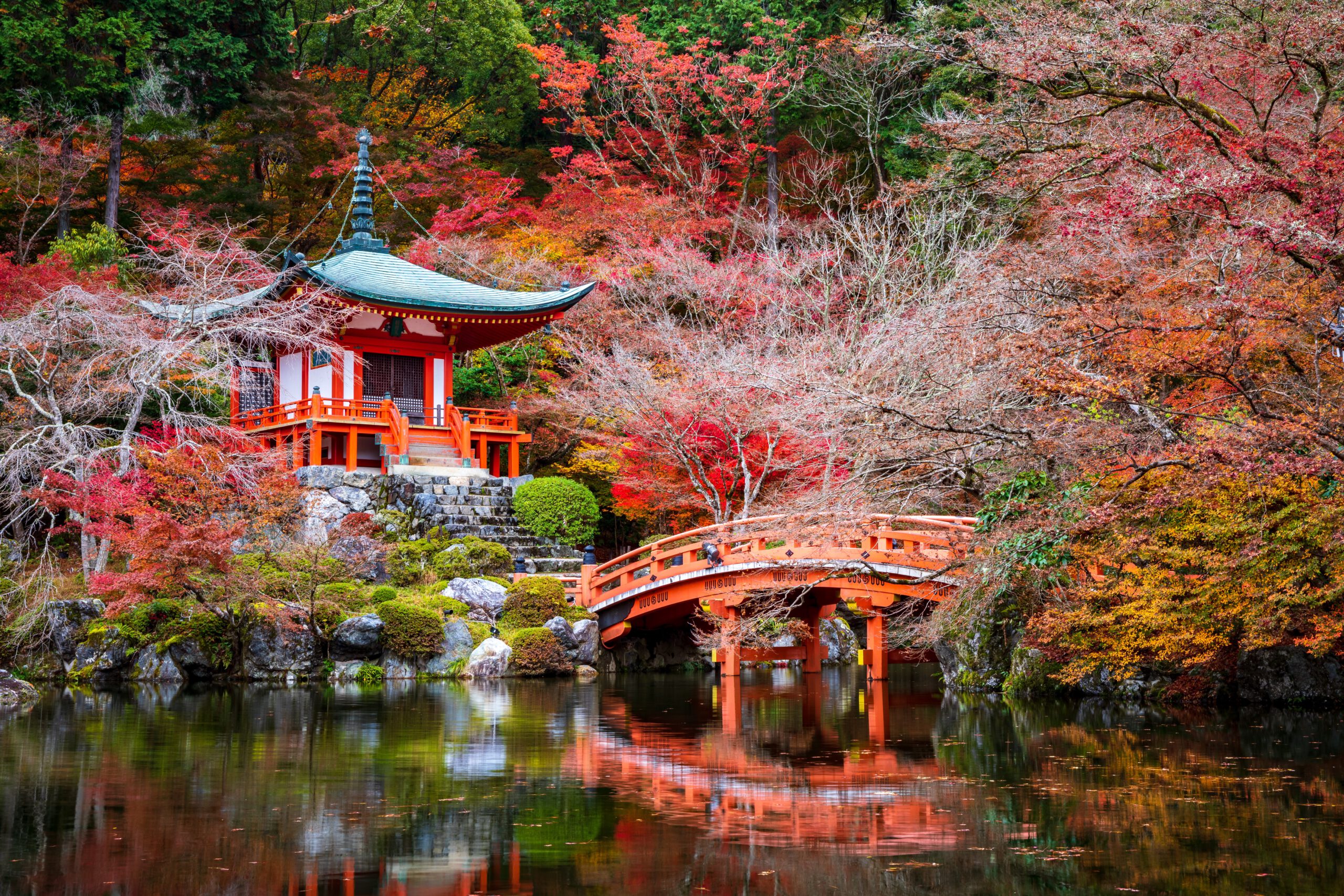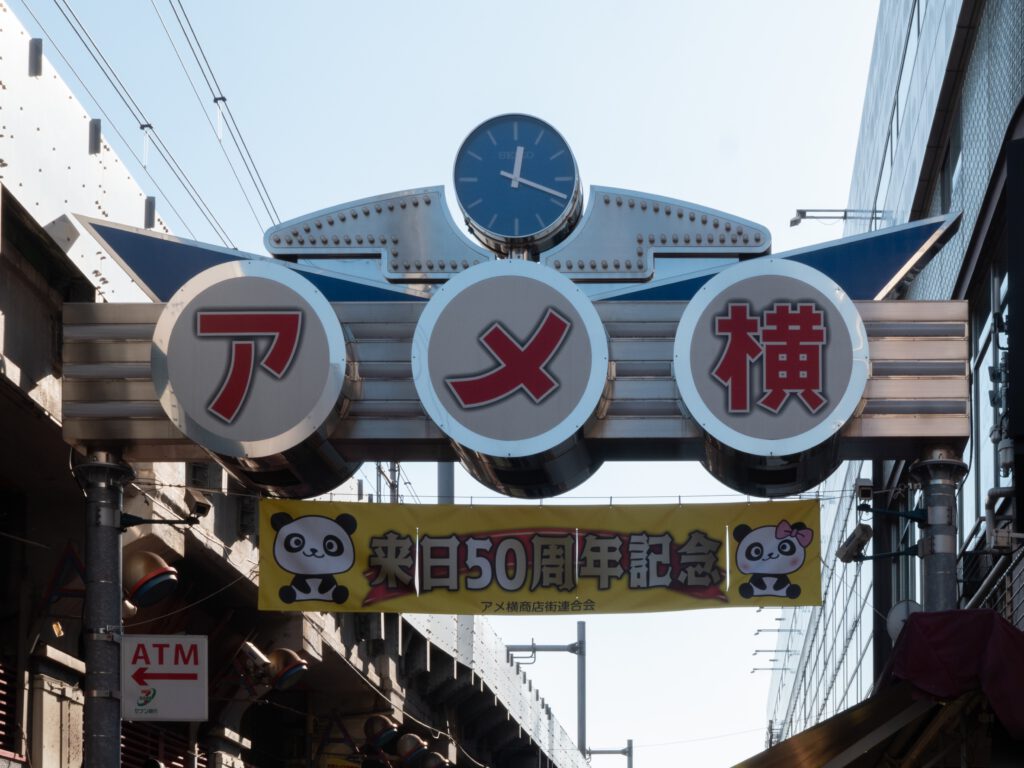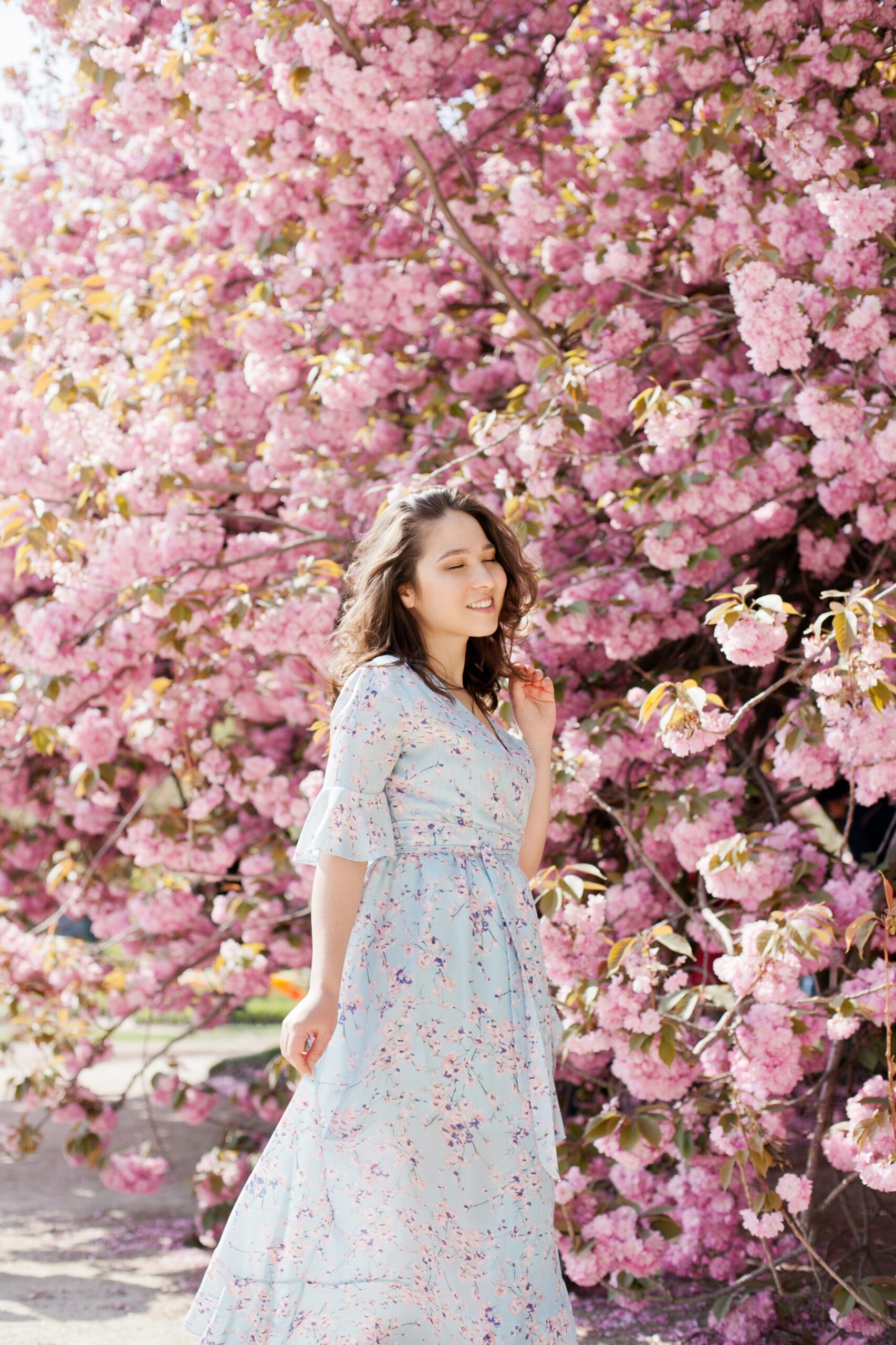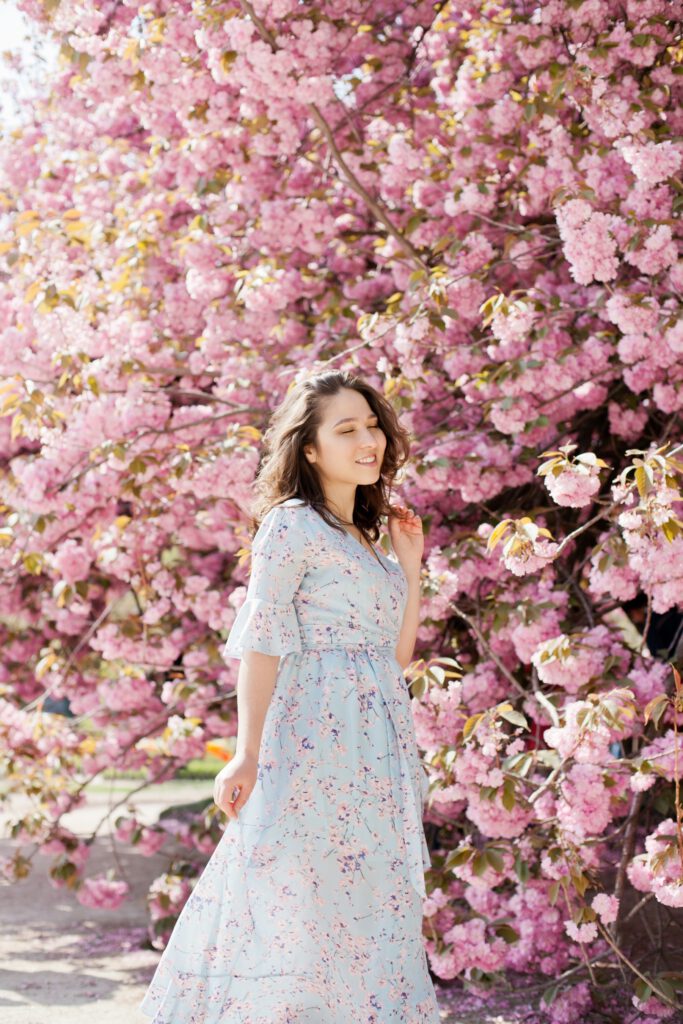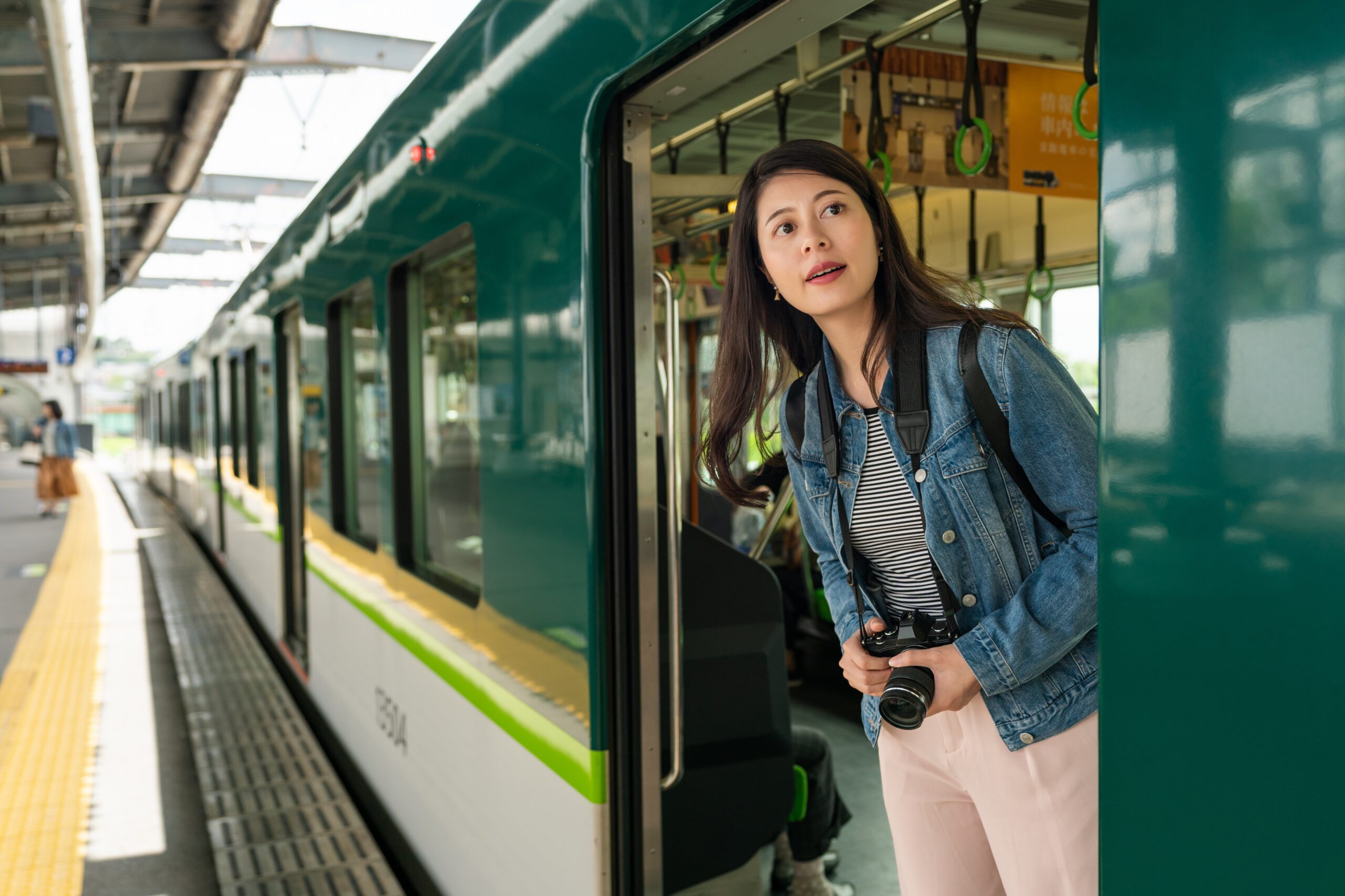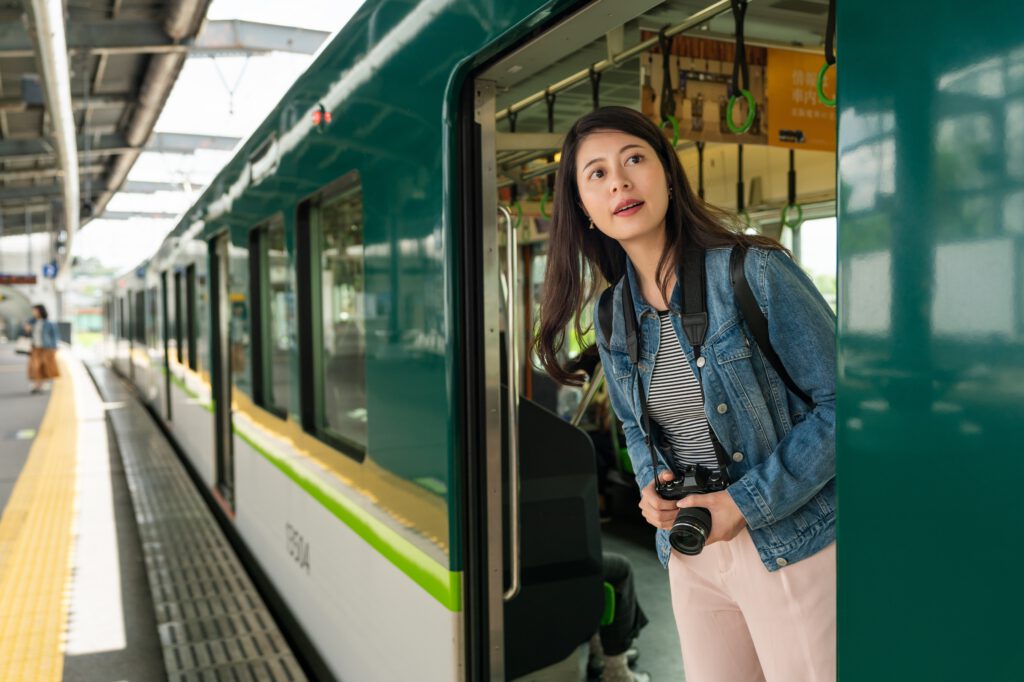Kyoto is a city that truly captures the essence of traditional Japan, with its centuries-old temples, picturesque gardens, and charming streets. But beyond the well-trodden tourist path lies a world of hidden gems, waiting to be discovered by the intrepid traveler. In this post, we’ll take you on a journey through some of Kyoto’s off-the-beaten-path destinations, from secret gardens to atmospheric neighborhoods.
One of the first stops on our journey is the Sanjusangendo Temple, located in the eastern part of the city. This ancient temple, built in the 12th century, is home to an impressive collection of 1,001 statues of the Buddhist goddess Kannon, each one uniquely crafted and exquisitely detailed. The temple’s main hall is an awe-inspiring sight, with rows upon rows of these statues stretching out before you.
Moving on from the temple, we’ll take a stroll through the historic Higashiyama district, where you’ll feel like you’ve stepped back in time to the days of the samurai. This area is full of narrow streets lined with traditional wooden houses, as well as small shops and restaurants selling all manner of local treats. Don’t miss the chance to try some traditional Kyoto sweets, like yatsuhashi or mochi, which are sure to tantalize your taste buds.
As we continue our journey, we’ll make a stop at the Tofuku-ji Temple, a hidden gem that’s often overlooked by tourists. This Zen temple is renowned for its stunning autumn foliage, which blankets the grounds in a riot of red and gold each year. But even outside of autumn, Tofuku-ji is a tranquil oasis of calm, with its serene gardens and peaceful atmosphere.
Our final stop on this off-the-beaten-path adventure is the Nishiki Market, a bustling covered market that’s been around for centuries. Here, you’ll find everything from fresh seafood and local vegetables to traditional crafts and souvenirs. Be sure to try some of the market’s famous street food, like takoyaki (octopus balls) or grilled mochi skewers.
In conclusion, Kyoto is a city that’s full of surprises, with hidden gems around every corner. By venturing off the beaten path, you’ll discover a side of Kyoto that’s rich in culture, history, and charm. So why not step outside your comfort zone and explore the unknown? You never know what treasures you might uncover.
